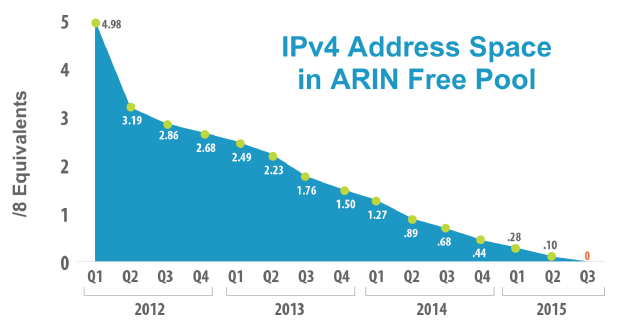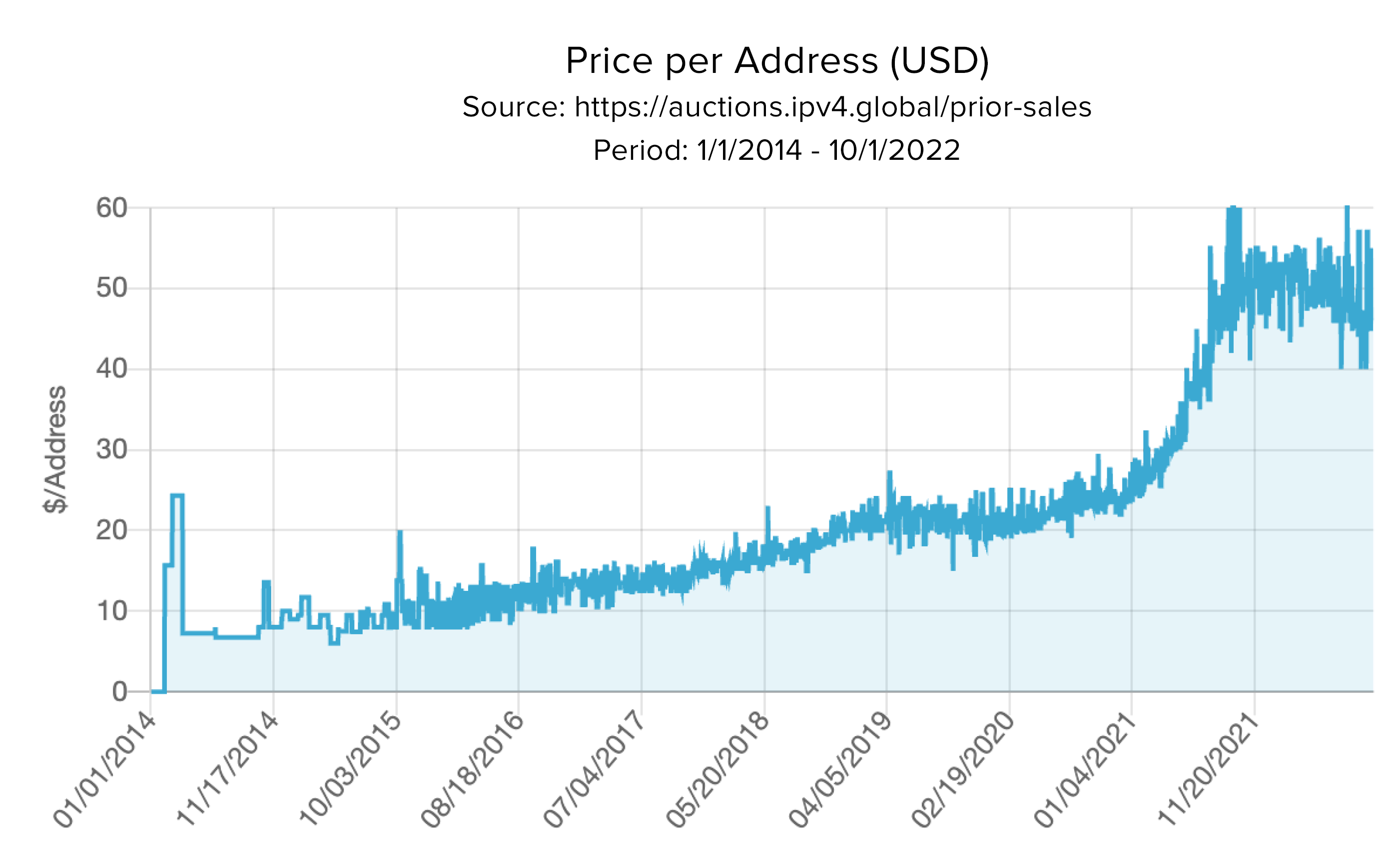IPv4 Addresses: Who Owns What?
by IPv4.GLOBAL Staff

When most people think of their IP address, they think of themselves as the owners since they have a device associated with a unique IP address from which they send and receive information. However, this is not the case, as IP addresses are not actually owned by any individual, but rather they are assigned by much larger entities.
It is also worth noting that the ISPs, hardware manufacturers, network operators, etc. who use thousands and sometimes millions of IP addresses don’t own them either. IP addresses can be considered an asset but not one that is strictly “owned.”
Individual IP addresses are unique identifiers. While used one at a time, they are transferred in “blocks” of sometimes many IP addresses. Possession of a block includes unique registrations of addresses in registries, worldwide. These registries maintain uniqueness in the sense that they make sure it’s clear who is the authorized user of a block of IP addresses. Registration includes the ability to transfer IP address use to someone else, subject to the policy of the registries, in return for payment.
An IP address is generally formatted in two ways: those known as IPv4 and those called IPv6. IPv4 (formally Internet Protocol version Four) is the traditional format made up of 4 groups of 8 binary digits, or “32 bits” in total length. The much more robust IPv6 format is 8 groups of 16 bits, or 128 bits in total length. IPv6 came about to deal with the shortage of IPv4 addresses.
The Internet Corporation for Assigned Names and Numbers, or ICANN is ther entity that creates and distributes all IP addresses of all formats and can be considered the actual owner of them.
What is the ICANN and What Does it Do?
ICANN coordinates the maintenance and procedures of databases. They also ensure the network continues to stay stable and perform secure operations. It distributes through the following networks:
- IANA: The Internet Assigned Numbers Authority is an affiliate of ICANN and oversees global IP address allocation, ASN allocation, root zone management in DNS, among many other things.
- RIR: Regional Internet Registries manage the allocation and registration of internet number resources within a region of the world. They do work with the NIRs (National Internet Registries), but they also work directly with LIRs (Local Internet Registry) and ISPs (Internet Service Providers).
- NIR: (National Internet Registries) allocate to LIRs. NIRs are tasked with allocating IP addresses to their respective regions. The scope of their authority is region-specific, usually national but not always.
- LIR: The Local Internet Registry (LIR) assigns address space to the users of the network services that it provides. Their customers are primarily end users and possibly other ISPs. Note: Some ISPs are LIRs, but not all LIRs are ISPs.
Below is an image that displays just how the various RIRs are split up across the globe:
Image by IPv4GLOBAL

Image by RIPE
Note, when we refer to these organizations assigning IP addresses, we’re talking about IP address blocks, i.e. bundles of sometimes tens of thousands of individual IP addresses. However, blocks of IPv4 addresses have recently become limited in supply and have experienced a leap in value as an intangible commodity. Why is that?
What is IPv4 Exhaustion?
As previously mentioned, the IPv4 address format was made up of 32 bits, which allowed for a total combination of 4,294,967,296 unique IP addresses. In the early 1980s, the popularity of the Internet was severely underestimated, and it was widely thought that this total amount of allowable IP addresses would be enough.
However, as more connected devices were created and more addresses were assigned to them with the passage of time, it became clear that this number was far too low of a limit. In short, the growth of the internet, early distribution patterns, coupled with the limitation in possible combinations of binary digits in the IPv4 format led to its exhaustion. There simply was not enough supply to go around, and we’ve reached the point where they’ve all been assigned. This is what we refer to as IPv4 exhaustion.

Image by ARIN
IPv6 came about in the early 1990s in response to predicted IPv4 exhaustion. The IPv6 format’s 128 bit structure allows for a new maximum number of addresses that is far beyond what was possible with IPv4,. Though it is still a finite amount of addresses, the number is so great that the problem is effectively solved.
Why Do Companies Want IPv4 Addresses?
Long story short, there are compatibility issues with IPv6. Namely, that devices using IPv4 addresses cannot communicate with devices that are IPv6 assigned unless a translator is involved. Businesses and organizations with large established infrastructures built around the legacy format, and with enough IPv4 addresses to absorb any growth, may be reluctant to deploy IPv6. The business case for IPv6 may not overcome the amount of time and costs required to deploy for format.
So, rather than a nation-wide migration to embrace IPv6, we have instead seen many institutions, including the world’s biggest companies, acquiring very large numbers of IPv4 addresses. The resulting demand is huge, and has led to a leap in IPv4 address value and price. Individual IPv4 addresses were transferred for ~$10 on average in 2014 but have rocketed to ~$55 each in recent times.

Tech giants and other powerful institutions have been buying them for various reasons, whether it’s because they plan to expand and want to maintain IPv4 compatibility, or otherwise. But again: technically none of these companies are the actual owners of these IP addresses. Instead, they are paying for the rights to their assignments to devices and the listing of the identifying address in worldwide directories. Because of the many nuances to the transactional aspect of IP address transfers, buyers and sellers usually find it beneficial to make use of experienced IP address brokers, like IPv4Global. Brokers facilitate these deals, sourcing buyers and sellers and coordinating the technical, contractual and financial elements of a transfer.
What Lies Ahead for IPv4
Eventually, the most widely-used format for IP addresses will be IPv6 as more and more companies and devices are forced to adapt to the new structure to accommodate more devices. However, with IPv4 being bought and sold so regularly and their currently high value, it’s likely to be long time before IPv4 is considered obsolete.
Want to know more about IPv4 address ownership? Looking for an IPv4 broker to buy or sell IPv4 address blocks? Visit our online IPv4 marketplace for more information.